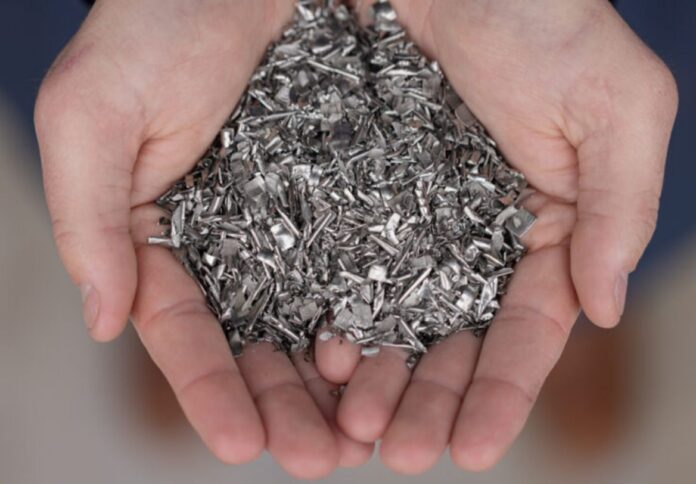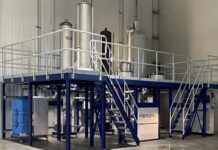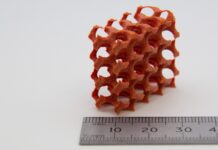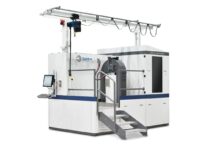
Leading low-carbon titanium developer IperionX Limited has completed the design for a planned Titanium Demonstration Facility (TDF) and a Techno-Economic Assessment for the expansion of its Titanium Commercial Facility (TCF-1) in Virginia, USA.
The TCF-1 will be scaled up to a 1,125 tpa production capacity, making it the largest recycled titanium metal powder production capacity in the world. It would also be the only titanium facility to use 100 per cent titanium metal scrap as a feedstock.
Both facilities will use Hydrogen Assisted Metallothermic Reduction technologies in the production of titanium metal powder, the company said in an ASX announcement.
“We have now developed plans for the world’s first and largest recycled titanium powder facility, with initial production from the first stage 125 tpa TDF forecast to come online in early 2024 with a simple and modular expansion to a 1,125 tpa TCF-1 by the end of 2025,” said Anastasia Arima, co-founder and CEO of IperionX.
The development of both facilities will tap into the company’s learnings from its current Industrial Pilot Facility operations in Utah, which has been manufacturing circular titanium metal since early 2022.
TDF and TCF-1’s development will also expand IperionX’s commercial quantities of 100 per cent recycled titanium metal while reducing the cost, providing the potential for titanium to compete on price with other metals, including stainless steel and aluminium.
IperionX said the TDF is expected to begin commissioning in the last quarter of 2023 and go online by the first quarter of next year.
Meanwhile, the expanded TCF-1 is expected to be operational by Q4 2025 if long lead time items are ordered in the third quarter of 2024.
“The U.S. is a tier 1 fiscal and manufacturing operating environment with a large pipeline of government incentives potentially available to IperionX. We look forward to rapidly advancing our developments through 2023 and moving towards scaled-up production to secure a U.S. supply chain of this critical metal,” Arima said.


















